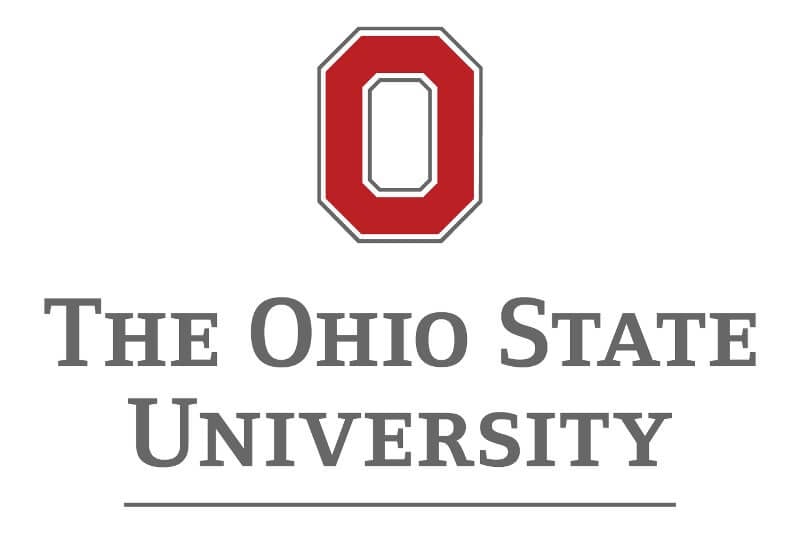The tiniest and oldest creatures on – and in – the Earth have a huge role in achieving a sustainable future for the planet, an international team of scientists asserts in a new Cell article published today.
The jobs done by microbes – bacteria, viruses, fungi and other single-cell organisms – enable all other species living by land, sea and air, and in our guts, to survive. Boosted by fast-paced technological advances in recent decades, scientists are learning more every day about microbial functions and how they can be put to use in protecting human health and the global environment.
And yet, microbial research remains underrepresented in the United Nations Sustainable Development Goals – something the scientists say should change to accelerate progress toward meeting the objectives.
Four faculty researchers at The Ohio State University are among the co-authors:
- Justin North, assistant professor of microbiology and the Ohio State lead of the Department of Energy’s Energy Earthshots Initiative aimed at achieving net zero greenhouse gas emissions by 2050
- Devin Peterson, professor of food science and technology and faculty director of the Foods for Health research initiative investigating the effects of food and nutrition on human health
- Virginia Rich, associate professor of microbiology and co-director of the National Science Foundation-funded EMERGE Biology Integration Institute based at Ohio State, which organizes microbiome science conducted at the permafrost in northern Sweden
- Matthew Sullivan, professor of microbiology and civil, environmental and geodetic engineering and the founding director of Ohio State’s Center of Microbiome Science, which was established in 2020 and currently has over 130 investigators from 10 colleges
The U.N. has outlined 17 Sustainable Development Goals, or SDGs, to be addressed globally by developed and developing countries. Broadly, the U.N. describes the set of goals as an effort to end poverty and other deprivations while improving health and education, reducing inequality and spurring economic growth – all while tackling climate change and working to preserve oceans and forests.
Although microbial activity is fundamental to sustaining all life (by producing oxygen, as one example), the authors wrote, any mention of their role is largely absent across the hundreds of multilateral treaties and intergovernmental policy agreements of the U.N.
In the review, the authors detail seven key pathways through which microbial research and technology can be used to reach the goals: nurturing health and addressing disease; food production and nutrition; clean energy production; synthesizing and recycling products; bioremediation; facilitating health ecosystems; and global biogeochemical cycles and climate change.
“An ever-expanding field of research shows how different microbial groups perform different functions, and the effective management of microbial communities can provide solutions for improving various aspects of life, from human health to energy or food production,” they wrote.
Part of microbes’ exclusion from the global goals could be a lack of public and political awareness of how important microoorganisms are, researchers say. While we are most familiar with the bacteria and viruses that make us sick, there are 1 trillion more species of microbes functioning in highly interconnected communities to process nutrients, initiate chemical reactions, consume gases and clean up waste – all functions that can be harnessed for an ever-growing list of practical uses that benefit the planet.
Among the many examples outlined in the paper, the authors report on such microbe-based innovations as designing bacteria that can deliver toxins to tumors and employing living organisms to extract contaminants from soils, sediment and water.
“Microbiomes impact everything,” Sullivan said. “And by its very nature, microbiome science is highly interdisciplinary – which gives us a head start in exploring the ways in which this research can be scaled up to the levels necessary to make a big impact.
“We see improved understanding of microbial roles in an ecosystem context as critical to unleashing the power of microbes toward making sustainable bioproducts and protecting the planet. The scientific community is prepared to do the work, but the complexity of microbial lives, and the interdisciplinarity needed to solve those mysteries, challenges traditional disciplinary funding and academic structures. This broad scientific communication seeks to bring awareness to the opportunities.”
The lead authors of the article are Laura van Galen and Thomas Crowther of the Swiss Federal Institute of Technology in Zurich and Rino Rappuoli of the Fondazione Biotecnopolo di Siena in Italy.


